Inside Ruto’s Silent Push for 2027
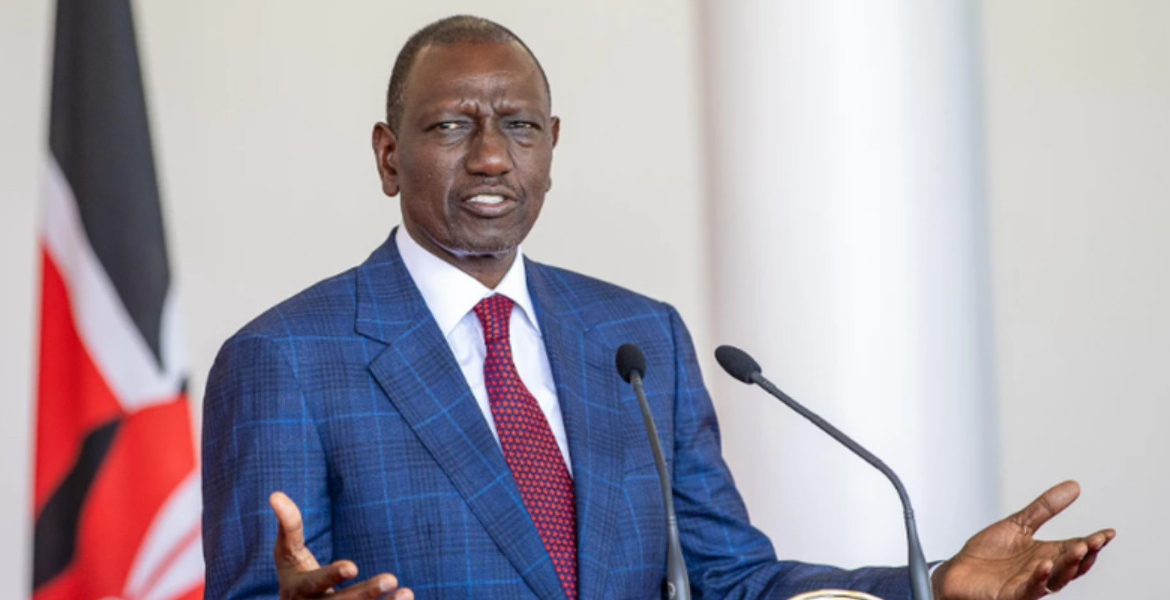
President William Ruto is strategically positioning his administration for the 2027 general election through a calculated blend of policy execution and political alliances.
While immediate attention remains on governing, a parallel effort is underway to solidify support across key demographics and potentially reshape Kenya's political landscape. At the core of this strategy is a dual approach: delivering tangible developmental outcomes and forging alliances that could redefine electoral dynamics. Deputy President Kithure Kindiki leads the grassroots mobilisation efforts, particularly in regions critical to the 2022 election outcome.
At the Kuria East Constituency Economic Forum in Migori County, Kindiki alluded to a potential political realignment, suggesting a coalition between Ruto and ODM leader Raila Odinga could be formidable.
“If you look at William Ruto, me, and now that we have His Excellency Raila Odinga on our team, do we look like people who can be defeated?” Kindiki said.
Although Raila has not publicly committed, discussions within the ODM indicate the possibility of cooperation with Ruto’s United Democratic Alliance (UDA) is being actively considered. This political engagement coincides with a performance-based campaign plan that aims to anchor Ruto's re-election on policy achievements rather than popular slogans. The administration portrays itself as a stabilising force in a volatile economic environment, pointing to improvements in key macroeconomic indicators.
Inflation has fallen from 9.6 percent in September 2022 to 3.8 percent in June 2025, while the Kenyan shilling has appreciated significantly against the dollar, rising from Sh162 to Sh129. Treasury Bill rates have nearly halved, and foreign exchange reserves have reached a historic high of $10.8 billion. These figures are being promoted as political capital. State House spokesperson Hussein Mohamed has described the Bottom-Up Economic Transformation Agenda (BETA) as the cornerstone of Ruto's governance philosophy.
The Affordable Housing Programme, a central component of BETA, has seen over 150,000 homes under construction and the creation of more than 250,000 jobs. The Boma Yangu housing portal has registered over 720,000 Kenyans, indicating strong public interest. Plans to expand the mortgage base from 30,000 to one million borrowers further illustrate the programme’s ambition to transform housing into economic empowerment.
Healthcare reform is another key element of the President's re-election strategy. The TaifaCare initiative seeks to achieve Universal Health Coverage (UHC) through the Social Health Authority (SHA). With over 23.7 million Kenyans enrolled and nearly 60,000 registering daily, the programme is being presented as a major success. The SHA has processed over Sh49 billion in reimbursements and claims, and the transition from the National Health Insurance Fund (NHIF) to a digital-first model is portrayed as an administrative reform triumph.
Agriculture, a vital sector for Kenya’s socio-economic stability, has been targeted for interventions. Fertiliser subsidies have reportedly boosted food production by 50 percent, while coffee prices have more than doubled. Sugar production has increased from 490,000 to 815,000 metric tonnes, aided by leasing state-owned mills Sony, Chemelil, Nzoia, and Muhoroni. These reforms are framed as strategic investments in regions likely to play a pivotal role in the 2027 elections.
The Church, influential in Ruto’s 2022 victory, remains a focal point of his political outreach. The administration maintains close ties with religious leaders, leveraging shared values and community networks to reinforce its grassroots appeal. Youth-focused initiatives in digital innovation and employment complement this engagement, broadening the coalition of support.
Despite these efforts, the President faces communication challenges. Political analyst Dismas Mokua suggests Ruto must recalibrate his national engagement strategy, shifting from visibility to strategic messaging. “He must abandon visibility and engage in strategic communications,” Mokua asserts, noting the administration's struggle to effectively convey the impact of its signature projects.
The potential alliance with Raila Odinga adds complexity. While it could neutralise opposition threats and consolidate support in key regions, it also risks alienating segments of Ruto’s base who view Raila as a political adversary.

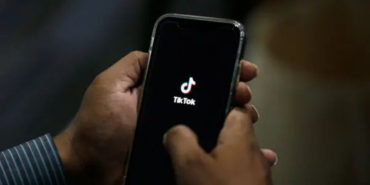

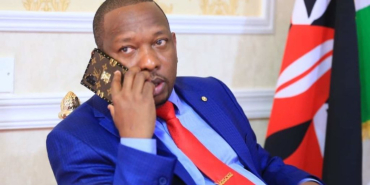
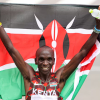


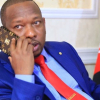
Add new comment